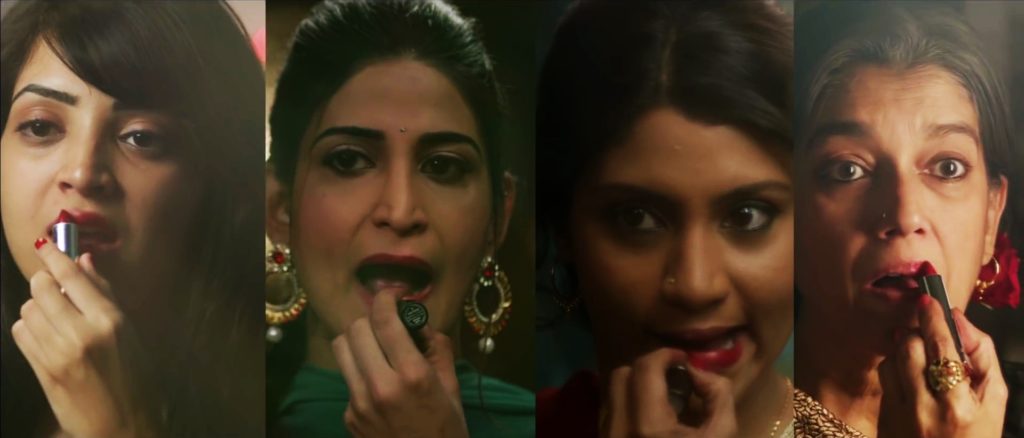Lipstick under my burkha
March 6, 2017 | Expert Insights

Why did the film not get permission from CBFC?
Prakash Jha’s latest production Lipstick Under My Burkha, a woman’s empowerment drama has been denied a certificate on the ground saying it contains deeply objectionable material. The director, Alankrita Shrivastava, an award-winning Indian film was recently informed in a letter - badly-worded and full of spelling mistakes - that her film was being denied a censor certificate for being too "lady-oriended [oriented]" with "contanious [continuous] sexual scenes".
Why is the Film Banned
Central Board of Film Certification has refused to certify the film, thereby blocking its release. Their reasons include that it is “lady oriented”, it contains “sexual scenes” and is “audio pornography”. The film tells the story of four feisty women in a small town in India who try to steal a piece of freedom from within the confines of their restrained lives. Among the prizes scooped up by Lipstick Under My Burkha are the Oxfam Award for Best Film on Gender Equality at the Mumbai Film Festival and the Spirit of Asia Prize at the Tokyo International Film Festival, both in 2016.
The movie was most recently shown in the competition section at the Glasgow Film Festival, and it will be screened at the Miami International Film Festival, the International Women’s Film Festival in Paris, and the London Asian Film Festival in coming weeks.
Why it Should Not be Banned?
Nobody thought that Lipstick Under My Burkha, would scare a democratic country like India. The popular narrative has perpetuated patriarchy by objectifying women or minimizing their role in a narrative in most of the films. A film like Lipstick Under My Burkha, that challenges that dominant narrative is being attacked because it presents a female point of view.
Do women not have the right of freedom of expression?
This is not the first time the board is doing it, in 2016, the board clashed with directors of the film "Udta Punjab," a film depicting the drug pandemic in the west Indian state of Punjab, the case went till the court and the court had no problem with the movie getting released. The same process will repeat even this time. Moreover why is Pahlaj Nihalani against all such bold movies?
Assessment
While the other countries are accepting this liberty in a new way and reaching to a new level, why is India banning such films? The country must encourage freedom of expression but the CBFC refusing to certify films that tell uncomfortable stories discourages filmmakers from pushing the envelope. Films should challenge the status quo and particularly the stereo-type representation of women in popular cinema.








Comments